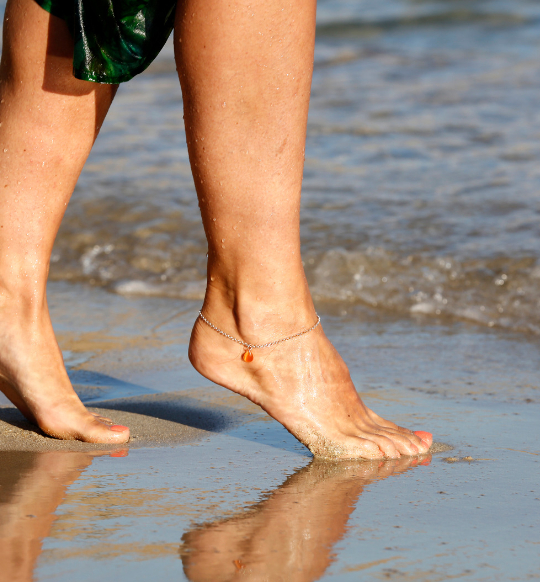What is Trench Foot?
Trench foot, or also known as immersion foot syndrome, is a serious illness which results from having a wet feet for too long. This condition occurs when your feet are exposed to cold, wet and unhygienic conditions whilst wearing compressing footwear. The initial stages of this ailment appear alike to when you have been in the bath too long and the skin on your hands and toes appeared wrinkled from all the moisture.
What are the symptoms of Trench Foot?
With trench foot, you’ll see some changes to your feet like:
- blisters
- blotchy skin
- redness
- skin tissue that dies and falls off
Additionally, trench foot can result to the following sensations in the feet:
- coldness
- heaviness
- numbness
- pain when exposed to heat
- persistent itching
- prickliness
- tingling
It is to be noted that these indications of trench foot may only affect a portion of your feet. But in the most serious cases, these can spread over the entire feet, including your toes.
What are the causes of Trench Foot?
Trench foot is brought on by wet feet that are not adequately dried off. In addition, it occurs most frequently in temperatures between 30˚F to 40˚F. However, trench foot can even happen in desert climates. Not necessarily how cold your feet are, but rather how wet they become, is what matters (unlike frostbite). Compared to other sports, like swimming with water shoes, standing in wet socks and shoes for a prolonged amount of time seems to make it worse.
Your feet may lose circulation and nerve function if they are kept cold and wet for a long time. Additionally, they lack the nutrition and oxygen that your blood usually carries to them. Other symptoms, like pain, may occasionally be less noticeable due to the lack of nerve function. Excessively sweaty feet (hyperhidrosis) can cause trench foot.
Over time, trench foot can bring along some complications if left untreated. This may lead to:
- amputations
- severe blisters
- an inability to walk on affected feet
- gangrene, or tissue loss
- permanent nerve damage
- ulcers
You may also be more susceptible to complications if you have any wounds on your feet. While recuperating from trench foot, you should observe for signs of infection like swelling or oozing of any wounds.
Are you suffering from this condition or other foot problems? One of our podiatrist can assist and then recommend what nonsurgical treatments are best to get you back on track. ✅
Schedule an appointment here or you may call us at +44 (0) 207 101 4000. 📞
We hope you have a feetastic day! 👣☀️
-The Chelsea Clinic and Team
Check our blog about Venous Eczema https://www.thechelseaclinic.uk/venous-eczema/
Learn more about Raynaud’s Disease https://www.thechelseaclinic.uk/raynauds-disease/
Read our blog about Cold/Stiff Feet https://www.thechelseaclinic.uk/are-you-suffering-from-cold-and-stiff-feet/




